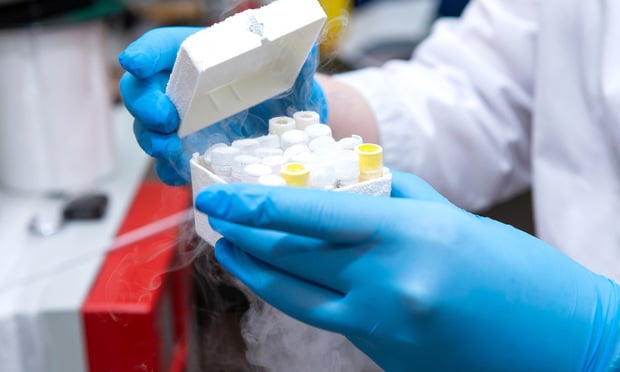Employee assistance programs have been around for decades, but E4 Health Inc. has reformulated things by combining the worlds of EAP and wellness in a one-stop shop headquartered in Irvine, Texas.
Its aim: to help employers cut medical costs by offering ways to help their employees make healthier lifestyle choices and manage chronic illnesses.
“The health habits of employees is the major concern today of employers trying to reign in company medical costs,” said Cindy Sheriff, E4 president and COO, “and we're trying to address that challenge by combining EA and wellness.”
Recommended For You
Complete your profile to continue reading and get FREE access to BenefitsPRO, part of your ALM digital membership.
Your access to unlimited BenefitsPRO content isn’t changing.
Once you are an ALM digital member, you’ll receive:
- Breaking benefits news and analysis, on-site and via our newsletters and custom alerts
- Educational webcasts, white papers, and ebooks from industry thought leaders
- Critical converage of the property casualty insurance and financial advisory markets on our other ALM sites, PropertyCasualty360 and ThinkAdvisor
Already have an account? Sign In Now
© 2025 ALM Global, LLC, All Rights Reserved. Request academic re-use from www.copyright.com. All other uses, submit a request to [email protected]. For more information visit Asset & Logo Licensing.








